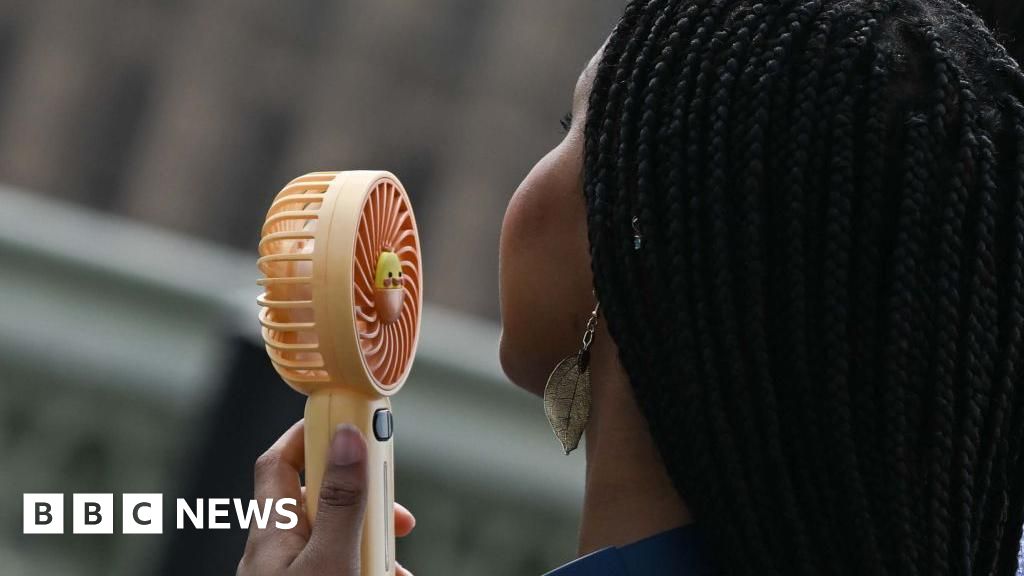Heat Health Alerts: What You Need to Know to Stay Safe This Summer

Understanding Heat Health Alerts in Australia: Protecting Yourself from the Heat
With scorching summers becoming increasingly common across Australia, understanding heat health alerts is more crucial than ever. These alerts aren't just about feeling uncomfortable; they're vital warnings about the potential dangers of extreme heat and how it impacts your body. Let's break down how these alerts work and what you can do to stay safe.
How Your Body Reacts to Heat
When the temperature rises, your body kicks into survival mode. One of the first things that happens is your blood vessels dilate, or open up. This is your body's attempt to release heat and cool down. However, this dilation leads to a drop in blood pressure. To compensate, your heart has to work significantly harder to circulate blood throughout your body, ensuring vital organs receive the oxygen and nutrients they need.
The Early Signs: What to Watch Out For
This increased strain on your cardiovascular system, coupled with the widening blood vessels, can manifest in various ways. Mild symptoms are often the first indicators that your body is struggling to cope with the heat. These can include:
- Itchy Heat Rash (Prickly Heat): Tiny, itchy bumps caused by blocked sweat ducts.
- Swollen Feet and Ankles: Due to fluid leaking from the blood vessels into surrounding tissues.
- Headaches: Often a sign of dehydration or overheating.
- Dizziness and Lightheadedness: Reduced blood flow to the brain.
Decoding Heat Health Alerts: What Do the Colours Mean?
Australian heat health alert systems typically use a colour-coded system to indicate the severity of the heatwave and the potential health risks. While specific systems can vary slightly by state, here's a general guide:
- Green: Normal conditions. Stay hydrated and be aware of the forecast.
- Yellow: Increased risk for vulnerable populations (elderly, young children, people with chronic illnesses). Take extra precautions.
- Orange: High risk for everyone. Limit strenuous activity, stay indoors in air-conditioned environments, and drink plenty of water.
- Red: Extreme risk. Stay indoors, avoid all strenuous activity, and seek medical attention if you experience concerning symptoms.
Who is Most at Risk?
While extreme heat can affect anyone, certain groups are more vulnerable:
- Older Adults: Their bodies are less efficient at regulating temperature.
- Young Children: Similarly, their bodies struggle to cope with extreme heat.
- People with Chronic Illnesses: Conditions like heart disease, diabetes, and respiratory problems can exacerbate the effects of heat.
- Outdoor Workers: Those working in hot conditions are at increased risk of heat stress.
Staying Safe in the Heat: Practical Tips
- Hydrate Regularly: Drink plenty of water throughout the day, even if you don't feel thirsty.
- Seek Shade: Limit your time in direct sunlight, especially during the hottest part of the day.
- Wear Lightweight, Light-Coloured Clothing: This helps reflect heat.
- Avoid Strenuous Activity: Reduce physical exertion during heatwaves.
- Check on Vulnerable Friends and Family: Ensure they are staying cool and hydrated.
By understanding how heat health alerts work and taking proactive steps to protect yourself, you can enjoy a safe and healthy summer in Australia.






